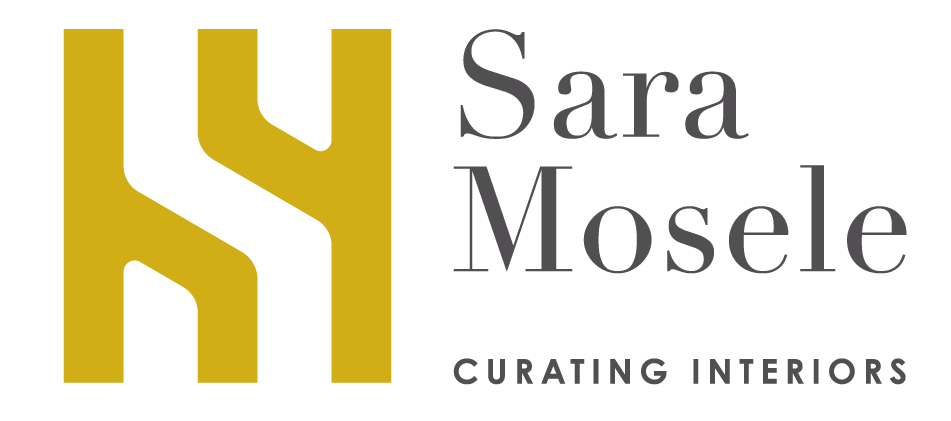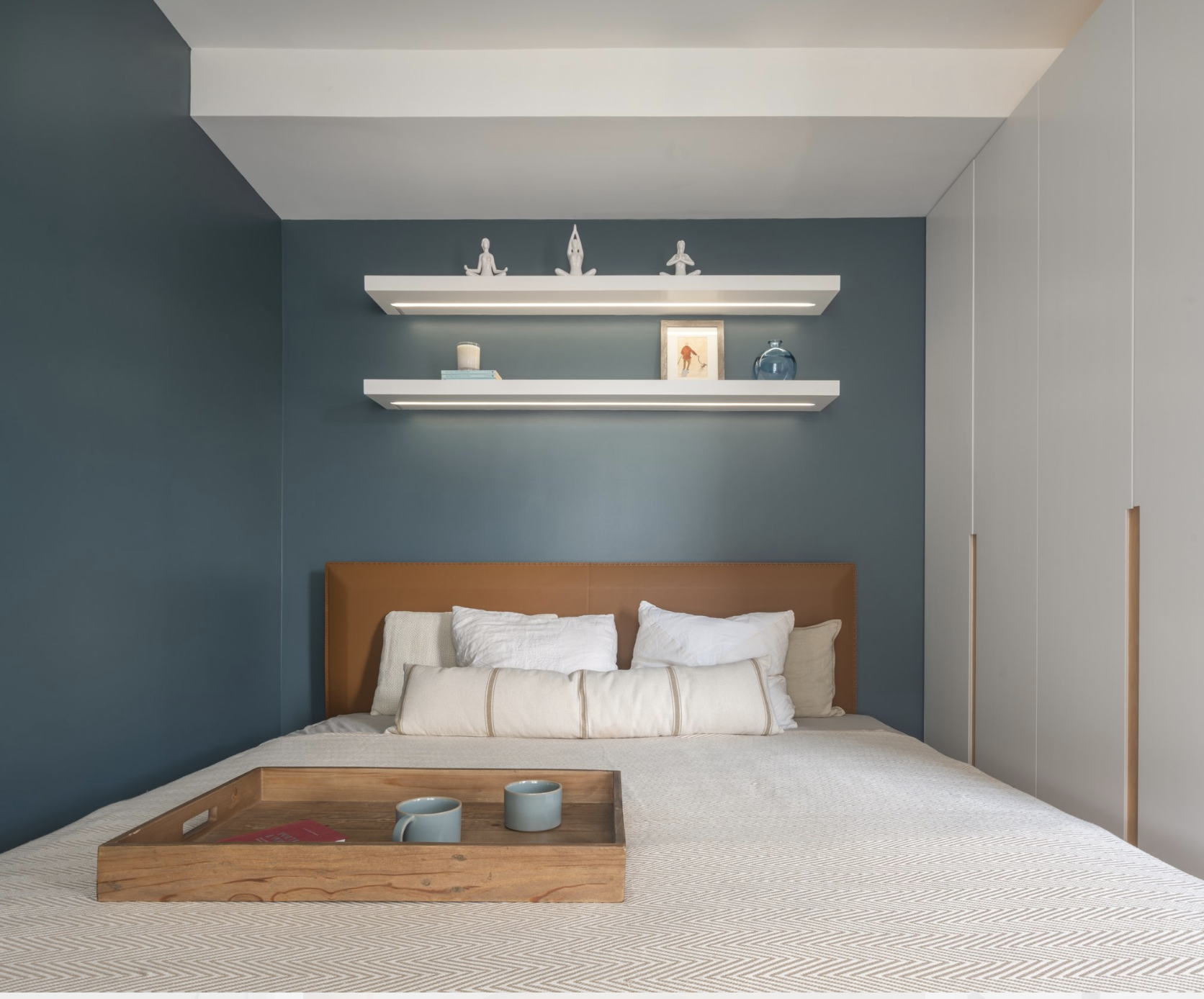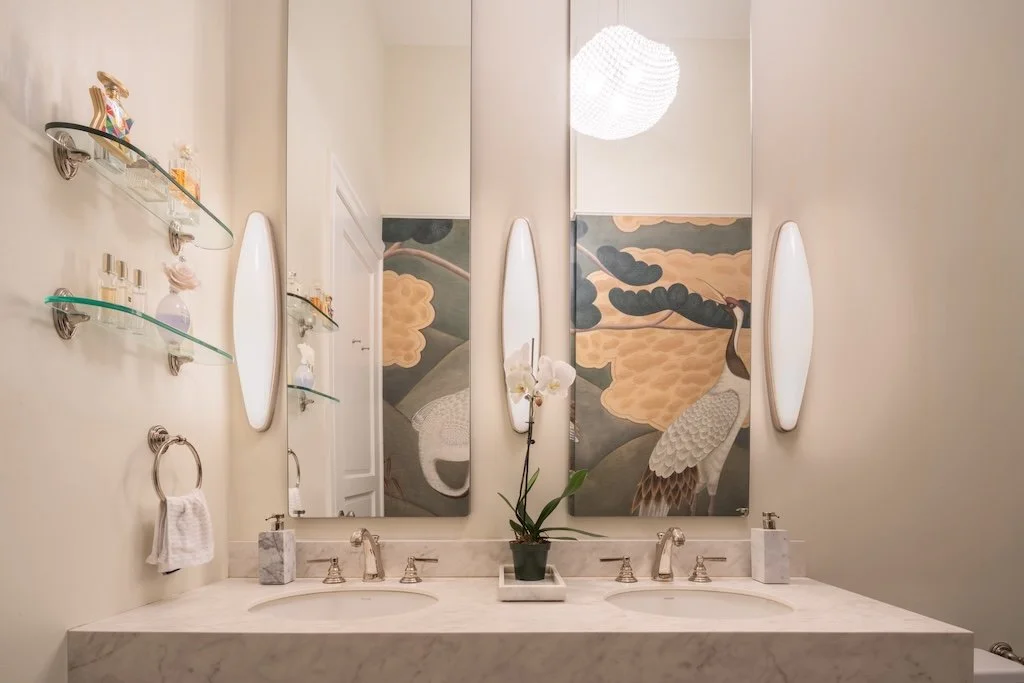What To Expect From An Interior Design Consultation in NYC
Thinking About Hiring an Interior Designer in NYC But Not Sure What Happens First?
Let’s break it down: What actually happens during an interior design consultation in NYC? Whether you’re starting from scratch or just need guidance before committing, this post will walk you through the process—clearly, confidently, and without the fluff.
From the first meeting to follow-up steps, here’s what to expect—and why this first conversation matters more than you might think.
1. It Starts with a Conversation (Not a Sales Pitch)
The first step is about understanding—not selling.
The consultation is a low-pressure opportunity for both you and the designer to get to know one another. It's a space for honest conversation about your lifestyle, priorities, and vision for the space.
Expect to cover:
What’s working and what isn’t in your current setup
Your design preferences and personal style
How you live day-to-day, and what your space needs to support
Any inspiration images, mood boards, or notes you’ve collected
Designers may also use lifestyle questionnaires or virtual assessments to get a clearer sense of how the space functions and where it needs to evolve.
2. Reviewing the Space—Virtually or In-Person
If you’re meeting on-site, the designer will walk through your home to understand spatial flow, lighting conditions, architectural features, and potential challenges. If virtual, you’ll be asked to provide photos, measurements, or floor plans.
They’ll be paying attention to:
How each room connects
Where natural light enters
Existing finishes, storage, and layout efficiency
Any structural or building constraints
In NYC especially, this is where considerations like building rules, renovation limitations, or city permits start to come into play. Even at this early stage, a designer may note what’s feasible and where approvals might be needed.
3. Talking Budget—Early and Honestly
Many clients are surprised by how valuable it is to discuss money at the consultation stage. Rather than being awkward, talking openly about budget allows your designer to tailor advice and avoid unrealistic suggestions from the start.
This conversation usually includes:
Your overall investment range or ideal target
How to allocate budget effectively (for example, investing more in built-ins, lighting, or architectural finishes)
A breakdown of typical costs across materials, furnishings, contractor labor, and design fees
Guidance on phasing your project, if that’s a better fit for your timeline or budget
In a city like New York, where logistics and regulations add layers of complexity, budgeting goes far beyond choosing furniture. The total cost of a project often includes:
Procurement and delivery logistics
Insurance and documentation required by co-op boards or buildings
Filing and permit fees for renovations
Specialized consultants, contractors, or fabricators
Professional project management and oversight
A designer’s experience in planning for all of these elements can help you stay within scope, avoid hidden costs, and reduce stress throughout the project.
4. The Designer’s Process and Project Flow
The consultation is also a chance to understand how the designer works. While every professional may have a slightly different process, full-service design in NYC generally includes:
Concept development
Schematic layouts and selections
Sourcing of materials and furnishings
Management of tradespeople and contractors
Styling and final installation
In some cases, the designer may also coordinate directly with co-op boards, building managers, or NYC agencies to ensure permits, insurances, and documentation are filed correctly. This level of involvement is particularly valuable when doing more than surface-level updates.
5. After the Consultation
You’ll usually receive a follow-up email within a few days. This often includes:
A summary or recap of the consultation
A proposed scope of work
A breakdown of design fees
Projected timeline and next steps
Some designers apply the consultation fee to a larger project if you decide to move forward. Others treat it as a standalone service. Either way, this step helps you evaluate if the designer’s style, process, and communication align with your goals.
6. How to Prepare for Your Consultation
To make the most of your time, gather:
Photos of your current space
A list of design pain points or goals
Any mood boards, pins, or saved inspiration
Rough measurements or floor plans (if available)
Questions you’d like to ask about the process or timeline
The more context you share, the more tailored and actionable the advice you’ll receive.
7. Questions Worth Asking
Don’t hesitate to ask about the designer’s experience, process, and typical project types. Questions like:
What kind of projects do you specialize in?
Do you coordinate vendors and manage permitting?
How do you structure your design fees?
What’s your typical timeline for a renovation or furnishing project?
Can I see examples of similar work?
This not only helps build trust—it gives you insight into how the collaboration will actually feel.
Final Thoughts
An interior design consultation in NYC is more than a casual chat. It’s the foundation of a design journey that involves vision, planning, and real-world execution—especially in a city where rules, logistics, and building constraints are part of the landscape.
Understanding the process, the budget, and the expertise needed sets the tone for a successful experience. Whether you’re updating a single room or starting a full renovation, the consultation is your entry point into a structured, creative, and professionally managed transformation.
Want to see how this first step leads to real transformation? Book your interior design consultation in NYC & start your project with clarity.
FAQs About Interior Design Consultations in NYC
How much does an interior design consultation cost?
Consultation fees vary based on experience and project scope. Some designers charge flat rates, while others work on hourly or percentage-based fees. A general rule of thumb is to expect consultation fees to reflect about 10% of the overall project investment.
What is the golden ratio in design?
The golden ratio—approximately 1:1.618—is used to create pleasing proportions. In interiors, it helps balance furniture arrangement and decor placement for visual harmony.
What are the 7 principles of interior design?
These foundational principles include: balance, unity, rhythm, emphasis, contrast, scale & proportion, and detail. They serve as a guide to building interiors that feel cohesive and intentional.
How do designers calculate total project cost?
Designers typically estimate total costs based on furnishings, materials, contractor labor, and their design fee—often between 10% and 30% of the overall budget. This range can shift depending on scope, customization, and any adjustments along the way.
What is the difference between a designer and a consultant?
A designer typically manages full-scale design projects, overseeing everything from planning and sourcing to installation. A consultant may offer focused guidance during the early stages or on specific questions, without managing the entire process.
Still Have Questions? Reach out to us here to schedule your interior design consultation in NYC today.
Welcome!
Hi, I’m Sara. I design spaces that speak to the soul - elevated, timeless, and deeply personal. With roots in Italian elegance and a home in New York sophistication, my work blends refined aesthetics with livable luxury. Whether it’s a city condo or a Westchester retreat, I believe every detail should serve a purpose and spark emotion.
Let's Connect
Have a question about design? Want to collaborate on a project? Or just curious about the stories behind our spaces? I’d love to hear from you.







